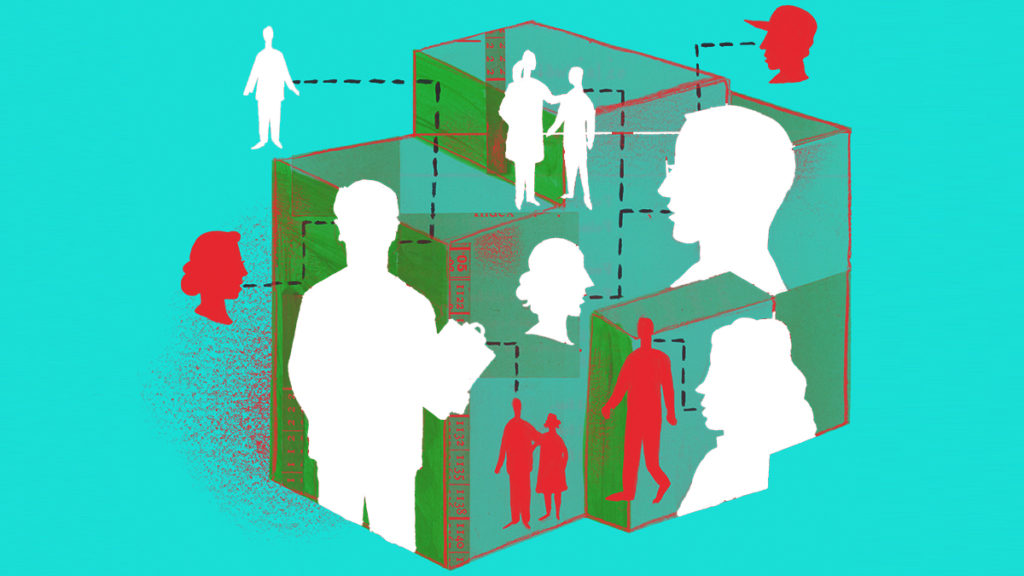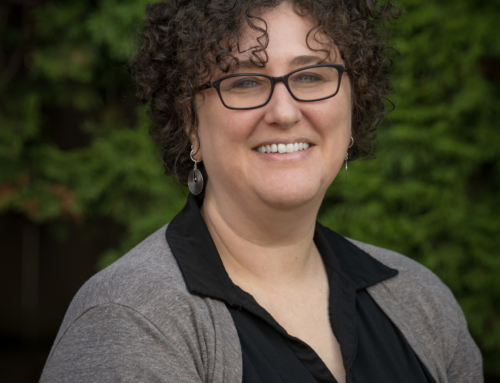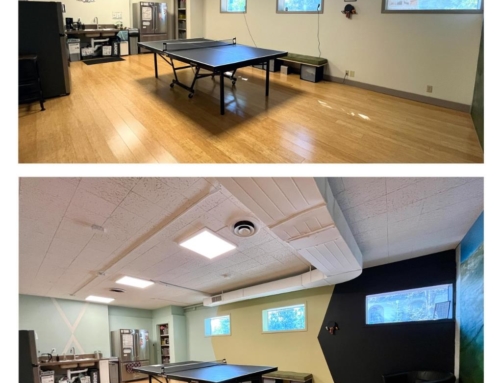Written by: Maria Rojas
I read an anthropology article in college about how Native American families were refusing to live in the newly developed houses on their reservation. Choosing to remain in their tents rather than to live in the houses made for them. We found out that the design of the buildings didn’t fit their cultures or lifestyle, and this was the reason that they weren’t moving in. They like open spaces where the whole family can see each other. They need bigger cabinets because their dishes and cooking is for the whole family. The families thought the home designs where too confined… The Architects designed from how they viewed the world, not thinking about how their clients, the Native Americans, view the world.
These issues also come up in the work that we do on the St. Johns Museum – when it comes to representing minority cultures. If we want to have an exhibit on Native Americans, we need someone from that culture to create it. They are willing and able to speak for themselves, it is not our place to speak for them.
Many factors within our designs are things that we take for granted. Take a kitchen for example: Something as simple as a stove can be a game changer in how New-Americans navigate the transitions of adaptation. In my experience working with refugees, many families were struggling to use an electric stove. There were more accidents and hunger issues because they didn’t know how to cook their traditional, learned from age 4, dinner recipe on the new equipment. A gas stove would have been more suitable for their transitions but for a mass scale design and economy, simple things like the proper product selection weren’t taken into consideration.
There are many reasons for the lack of representation by minority groups. You can’t build something without property. Land is the root of Architecture, so I am starting from the beginning. There are many cases that have lead to the disenfranchising of minority groups. Whether for government control or private corporations, there has always been a land grab from POC. Eminent Domain has become the excuse or justification to take “condemned” property away from minority communities. The financial benefits of the transformed property doesn’t go back to the original owners. Similar to commodity trading like coffee, pink salt, and other products, the farmer doesn’t get fully reimbursed. When the government is seen as a champion of the poor, it is those very communities that get disenfranchised through government land grabs.This has instigated a distrust of Architects from these minority groups. They don’t see architects as allies because of the history and the lack of POC as decision makers in this industry.
I have also heard about this issue within my Museum work. Native Americans have a history of being taken advantage by historians and museums. It is their cultural artifacts that have been taken and used for profit that doesn’t return a benefit the communities that the items come from. This has created a lack of trust between Museums and Native Americans.
Clearly, this is a very broad and nuanced topic- but I wanted to start the conversation. Considering the client is important, but the wants and needs of the end user should always take priority in a project. Meeting code is necessary, but so is meeting the emotional, intellectual and cultural needs of the people who will occupy finished spaces. What good is good design if it doesn’t support and enhance the lives of those living or working within it?







